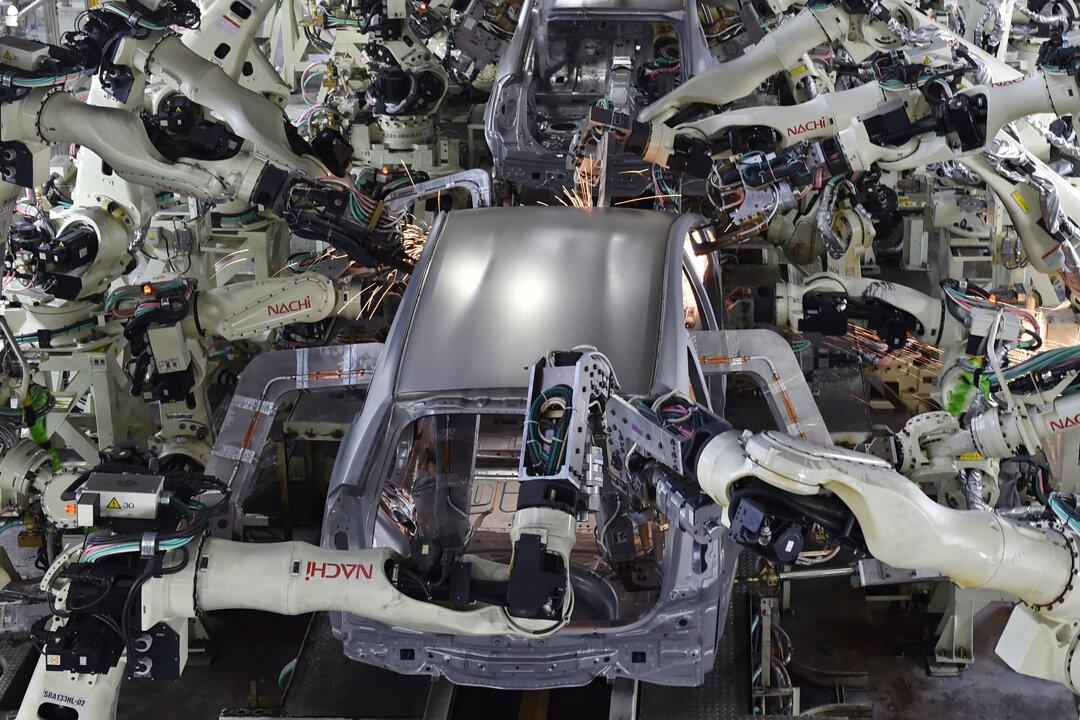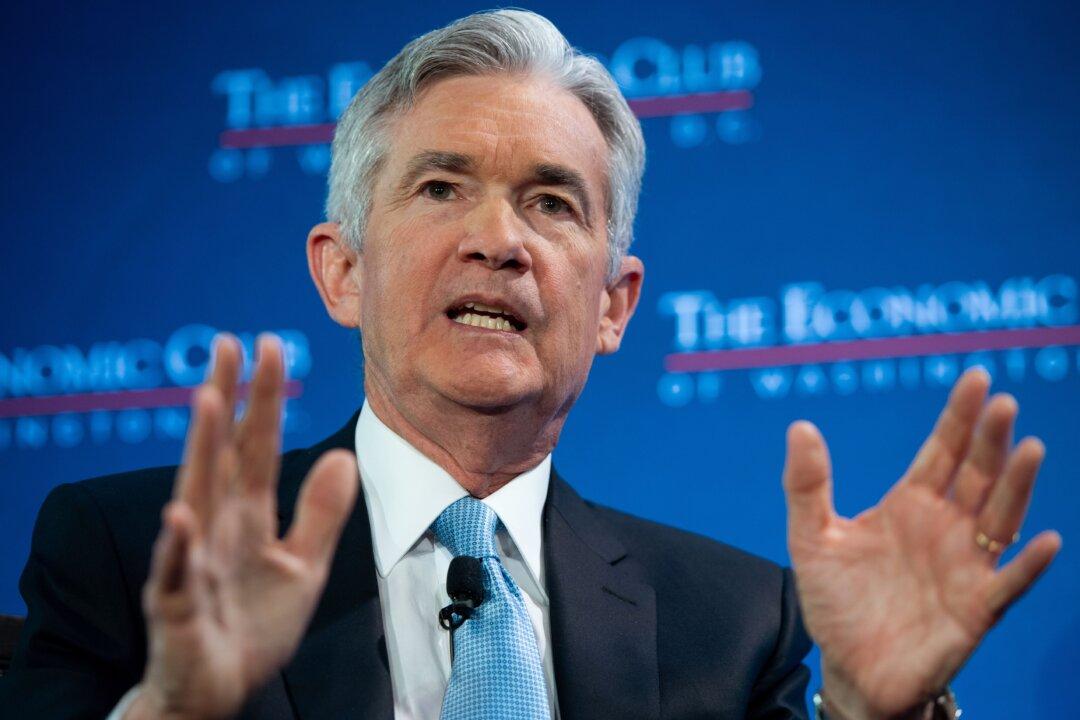With poll after poll saying the economy is the most important issue in the presidential election, the candidate who connects with voters on this subject has a good chance of winning it all.
Donald Trump’s and Hillary Clinton’s economic plans offer a clear choice. Trump seeks to revive American greatness with policies aimed at kick-starting economic growth. Clinton seeks fairness and more benefits for the middle and working classes.
Their proposals fall on either side of one question: Is the state or the individual better at spending the people’s money?
Trump clearly thinks the people—as individuals or through the companies they run—should decide on consumption and investment, while Clinton wants to raise more money from the private sector so the government can spend and invest on behalf of the people.
Donald Trump





